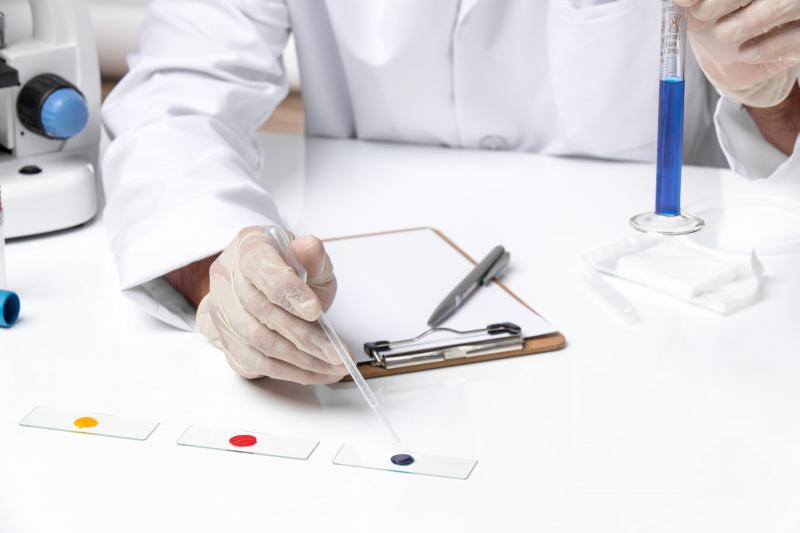
Correct Sampling Techniques in Chemical Analysis
Correct Sampling Techniques in Chemical Analysis
Contents
The first and most critical step to achieving success in chemical analysis processes is the application of correct sampling techniques. Whether it's a production line or an R&D laboratory, faulty sampling methods can lead to misleading data. This, in turn, may cause errors in quality control processes, product recalls, and significant financial losses. So, how should correct sampling be done in chemical analyses? What techniques should be prioritized?
The Importance of Sampling in Chemical Analyses
A sample must accurately represent the whole. The goal of chemical analyses is to determine the quality, safety, and compliance of a product based on the results of chemical analyses. If the sampling process is not properly managed, tests such as pH measurement, viscosity measurement, microbial analysis, and heavy metal analysis may yield misleading results.
What Are the Correct Sampling Techniques?
1. Selection of a Representative Sample
The sample must be selected to represent the entire batch. Samples should be taken from different parts of the product to ensure homogeneity. This step is critical, especially for active ingredient concentration and stability tests.
2. Use of Proper Equipment
The containers and tools used during sampling must be clean, sterile, and made from suitable materials. Otherwise, deviations may occur in tests such as solvent residue analysis.
3. Prevention of Cross-Contamination
Sampling equipment must be appropriately cleaned before and after each use. This step is crucial for preventing contamination, especially in microbial analyses.
4. Timing of Sampling
Especially for chemical content analysis and pH measurement, the sample must be taken at the right time. The timing should represent a critical point in the production or storage process.
5. Sample Labeling and Record Keeping
Every sample must be accurately labeled, and detailed records must be kept. Information such as the date, time, location, and batch number must be documented. This step is essential for traceability.
Critical Test Types and Sampling Considerations
| Test Type | Sampling Considerations |
|---|---|
| pH Measurement | Immediate measurement and attention to ambient temperature |
| Viscosity Measurement | Ensuring sample homogeneity without stirring |
| Microbial Analysis | Use of sterile equipment and prevention of cross-contamination |
| Heavy Metal Analysis | Use of appropriate containers to avoid metal contact |
| Solvent Residue Analysis | Minimizing air contact with the sample |
| Active Ingredient Concentration | Proper sampling from the formulation |
Conclusion: Correct Sampling Determines Success
Correct sampling in chemical analyses directly affects the accuracy and reliability of results. A well-established sampling protocol enhances product safety, speeds up quality control processes, and ensures compliance with regulations. Especially for tests like pH measurement, viscosity measurement, and microbial analysis, success starts with a meticulous sampling process.
If you want to enhance the quality of your sampling processes with professional laboratory support, you can consult the expert team at TTS Laboratuvar!
Frequently Asked Questions
Which containers should be used for chemical sampling?
Glass or inert plastic containers should be preferred for chemical analyses. Metal containers can cause false results in heavy metal analyses.
How soon should the analysis be performed after sampling?
Depending on the type of analysis, it should generally be performed as soon as possible, especially for pH measurement and microbial analysis.
Why is sterility important in sampling?
External microorganisms can affect test results, especially in microbial analyses. Therefore, sterility is essential.
Why is homogeneous sampling critical?
Homogeneous sampling ensures that the entire product is accurately represented, making test results valid for the entire batch.
What is the importance of record-keeping in sampling?
Record-keeping ensures the traceability of the sample and validates the accuracy of the analysis results.

